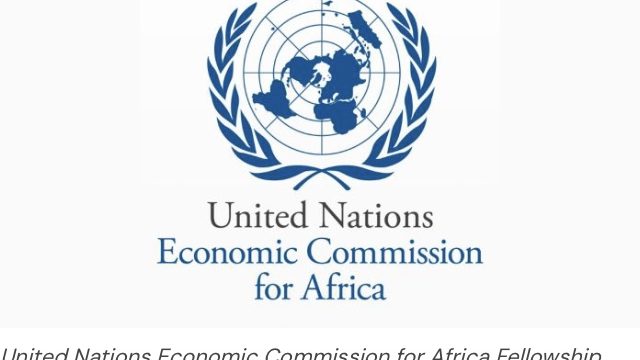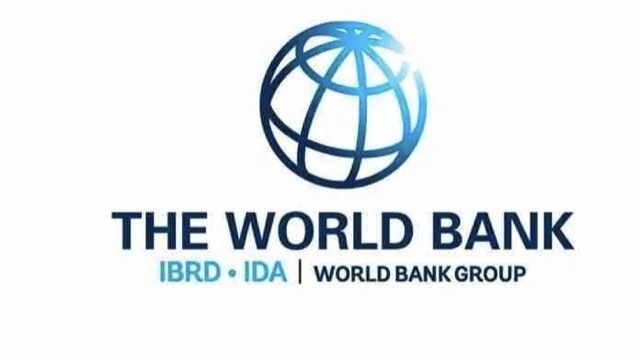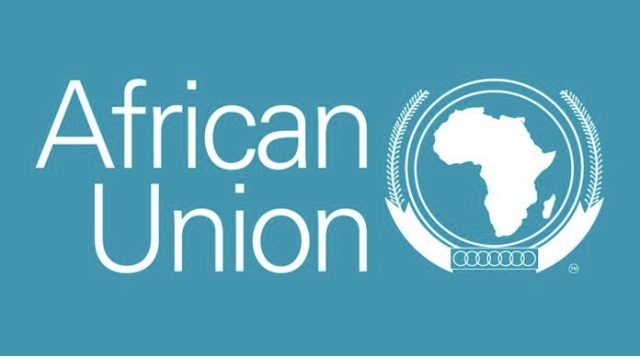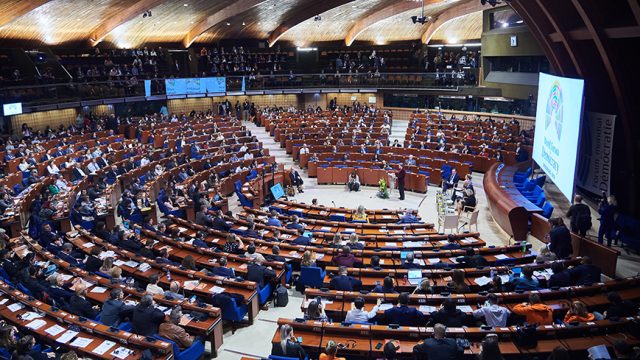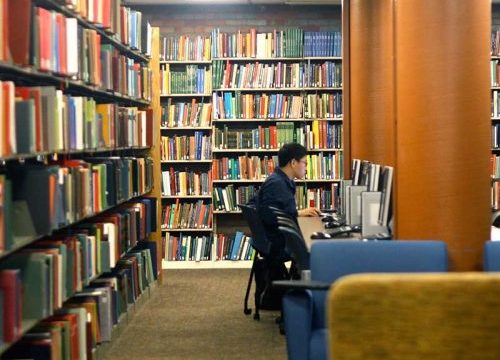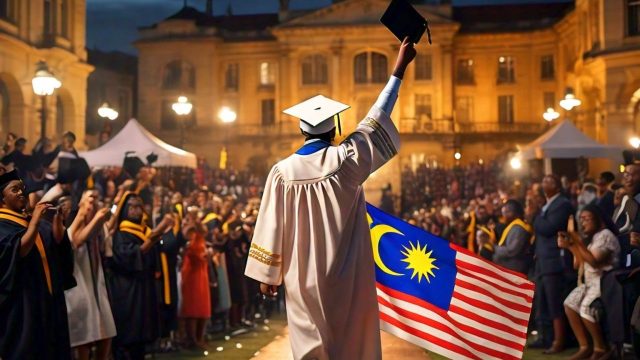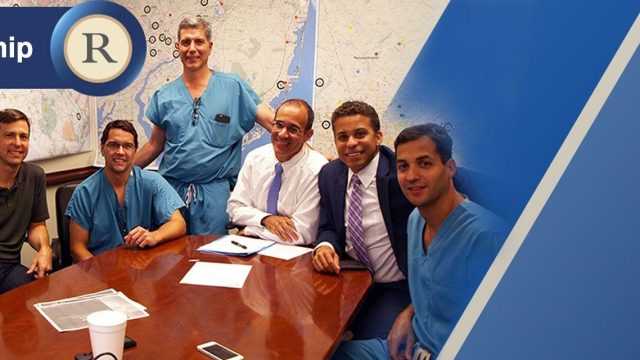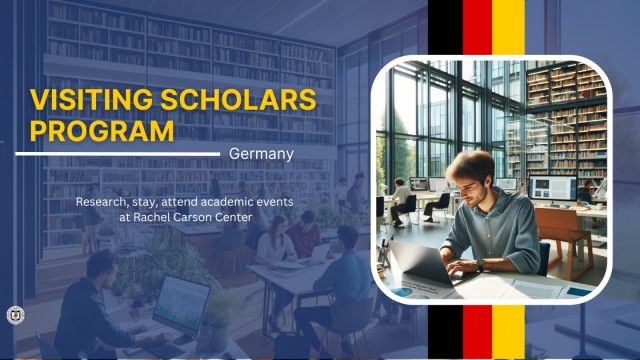FULLY FUNDED TO PITTSBURGH : Apply for the Phipps Botany in Action 2024
Applications are open for the Phipps Botany in Action 2024.
A botanical garden called Phipps Conservatory and Botanical Gardens is located in Pittsburgh, Pennsylvania's Schenley Park in the United States. It is registered on the National Register of Historic Places and is a historic landmark of the City of Pittsburgh.
Steel and real estate tycoon Henry Phipps Jr. established the gardens in 1893 as a gift to the City of Pittsburgh. With formal gardens (Roman, English, etc.) and a variety of exotic plant species (palm trees, succulents, bonsai, orchids, etc.), it aims to inform and amuse the people of Pittsburgh. These days, the complex houses ornate gardens on the surrounding property and inside the fourteen-room conservatory. Apart from its main displays of flora, the Lord & Burnham conservatory provides an intriguing illustration of Victorian greenhouse architecture with its intricate glass and metalwork.
One of the "greenest" buildings in the world is Phipps. The Phipps Conservatory's entrance pavilion is certified LEED silver. The first and only greenhouse to receive this certification is its production greenhouse, which has earned Platinum status. In addition, the Centre for Sustainable Landscapes generates all of its own energy and is LEED Platinum certified, demonstrating its commitment to environmental sustainability.
Phipps's mission is to celebrate its historic glasshouse, advance sustainability and promote human and environmental well-being through action and research, and inspire and educate everyone about the beauty and significance of plants.
The Phipps Conservatory and Botanical Gardens' Botany in Action Fellowship programme supports the growth of the upcoming generation of plant-based scientists who are dedicated to both high-quality research and outreach to the public.
Research Priority Areas (listed in no particular order):*
- Ethnobotany, with special interest in plant use for physical and/or psychological well-being;
- Diversity and conservation, particularly in regional (southwest Pennsylvania and adjacent states) and tropical forests;
- Landscape and brownfield restoration, particularly in plant-based ecosystem services;
- Sustainable landscapes;
- Interdisciplinary plant-based research at the intersection of human and environmental health.
Don't miss out on the application deadline which is January 6, 2024.
Scroll down for more details and click on the official link attached to apply now.
Additional Information
- A paid trip to Phipps with all expenses covered, along with training in science outreach and chances to explain and convey their findings to non-scientific readers via written, visual, and/or audio mediums (depending on COVID19).
- opportunities in the future to engage the public with their research through events, exhibitions, and other public outreach platforms.
Conducting plant-based research
Able to travel to Pittsburgh, PA from a location within the US (costs will be reimbursed) for the duration of the Botany in Action Science Engagement Week, which will be September 19 – 22 – contingent on the COVID19 situation.
Able to commit to monthly online outreach (e.g. podcast, blogging, vlogging, etc) after Science Engagement Week.
For previous fellows applying for renewed funding: clear, tangible outreach goals and outcomes in addition to research accomplishments from the previous year.
1) Proposal: The required sections for the proposal are listed below in the order they should appear.
Applicant Contact, University, Research Site, and Recommender Information, should make up the first page and include the applicant’s
name, pronouns, mailing address, email and phone number
university and department name and address
research site location
proposal title
names, titles and affiliations of recommenders
Proposal Title should also appear at the top of the second page.
Two Abstracts (each 250 words maximum) describing the research and clearly labeled as follows:
Scientific Abstract written in a manner that would accompany a scientific research proposal.
Public Abstract written in a manner that summarizes and conveys the importance of the project to those with limited scientific backgrounds.
Proposal Body (seven double-spaced pages maximum) including the following, clearly labeled, sections:
Introduction, with the research’s significance for both science and the public highlighted.
Objectives, including the questions and/or hypotheses addressed by the research.
Study Site, Materials and Methods, including study subjects, methods, analyses and timeline.
Detailed Educational Outreach Plan, describing how they will connect the research with the community in which they are conducting their research (if applicable) or the public.
Literature Cited. Names, not numbers, should be used for citations (e.g., Smith 2000).
Proposal Budget (one page maximum), itemized and describing fellowship funding request
Detailed Educational Outreach Plan, describing how they will connect the research with the community in which they are conducting their research (if applicable) and the public. Please do not list mentoring undergraduates, academic conferences, or scientific publications as outreach. How will you reach out beyond academia?
2) Curriculum Vitae: The CV should include education, research, publications, presentations, grants received or pending, and relevant non-academic and synergistic experiences such as work for conservation non-profits or government agencies, and other outreach and educational activities.
3) Two Letters of Recommendation: One recommendation letter should be from the applicant’s research advisor and one letter from a person who has strong knowledge of the applicant’s motivation to enhance public scientific literacy. Each letter should include the recommender’s full contact information and a subject line stating the applicant’s name and whether the letter is in support of research or outreach capabilities of the applicant.
Note for Fellows Applying for Renewed Funding: Phipps has historically placed a high priority on renewing fellowships for up to three years, and we will continue that priority. However, as the grant heavily emphasizes the value of both research and outreach, we will expect fellows reapplying to have clear, tangible outreach goals outcomes and to be specific in the previous year’s research accomplishments, analyses, and potential paths forward.
FULLY FUNDED TO PITTSBURGH : Apply for the Phipps Botany in Action 2024 0 reviews
Login to Write Your ReviewThere are no reviews yet.
